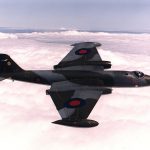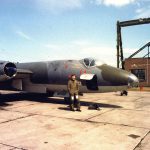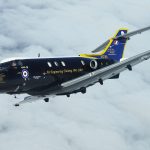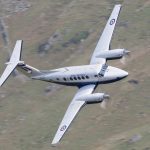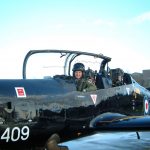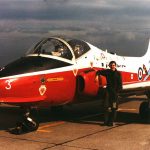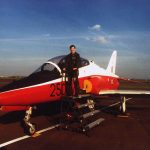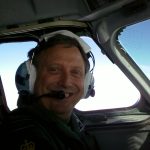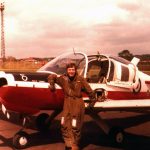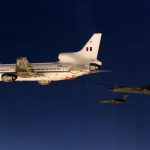See the RT Test page for links to essential study documents.
Experience has shown that candidates tend to slip up in the following areas. While these errors in themselves may not result in a fail, they will count towards the overall perception of a candidate’s ability to successfully demonstrate that they can use an airborne radio station and obtain from air traffic the information required to conduct the flight.
(Numbers in brackets give CAP413 chapter reference)
- Radio Check – both ways, combine with departure info.
- Request taxi – include flight details if not previously booked out.
- Use of the word ’Behind’ in conditional line up clearances.
- MATZ crossings are usually on the QFE. Make a note of the minimum distance/time from the MATZ that contact must be established by. (Ch 10)
- Position reports. Must be given correctly.-EXACT wording, no excess. They do not need to be given when immediately overhead the requested point but should be made as soon as convenient after the point. Do not make the report early and only report at points that have been requested. (Ch.3)
- Air Traffic Services Outside Controlled Airspace; -must know the differences, which to request and when.
- Rules of a radar service. The controller is assisting you by helping with the lookout. So that he can do that he needs to know what you want to do which means that if you want to change levels you should request a climb or descent. Likewise, a request to change heading should be made prior to turning.
- Range of a LARS service. Most students have little appreciation of the range of a LARS service. While they do vary slightly the clue will be in the brief! Also, find out what constitutes a LARS service.
- Changing frequency. Must be done correctly. Must state that you’re leaving the frequency and good airmanship would require you to say the call sign and frequency of the next station.
- VDF service – know difference between QDM and QTE and use the most appropriate. It’s not enough to simply recite the call without understanding the nature or purpose of the information provided. (Ch.6)
- Training fix. (Ch. 8)
- Special VFR. Regard this as set of rules that under certain conditions will permit you to do something that other regulations may prevent you from doing. You should understand the conditions that will require a SVFR clearance because it is the pilot’s responsibility to request a SVFR clearance. Incidentally, the phrase Special VFR on its own doesn’t mean anything. It’s like requesting a VFR. What you want is, for example, a zone transit, SVFR. Or, perhaps, a SVFR departure clearance.
- Air ground service. The most basic form of radio comms. Only information will be provided. No clearances issued.
- Mayday relay. A generally weak area. Firstly an unanswered Mayday call is grounds to fail. So therefore if you hear any Mayday call during the test then write down as much info as you can gather. Ignore any other activity that ATC maybe attempting. Relay the message. Having done that, talk to the distress traffic relaying any info offered by the ground station. Should the distress traffic talk to you then acknowledge it and relay that message. Remember that you are now completing the chain of communication between the ground controller and the distress traffic. (Ch.8)
- Position of your callsign. If you initiate a message then the call sign is at the front but if replying to ATC then finish with the call sign.
- Abbreviation of call sign. Only abbreviate when the controller has done so.
- First call when freecalling, then correct reply to ‘Pass your message’ (Ch.3)
- When to use Wilco, Roger and knowing which are essential readback items. Avoid excessive readback, and do not use incorrect/superfluous phrases such as ‘Currently’, ‘Looking for traffic’ and ‘Roger the traffic’ etc. .(Ch.2)

